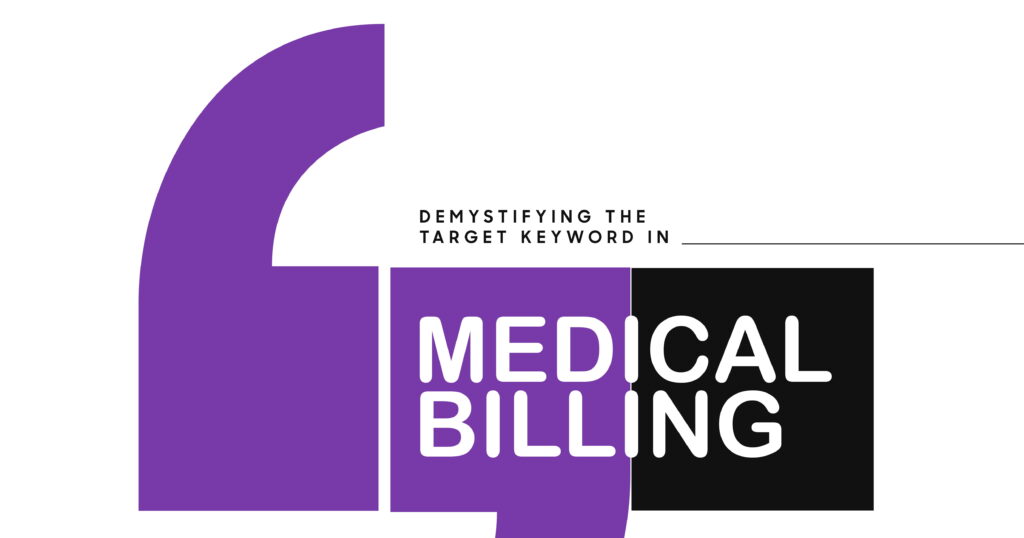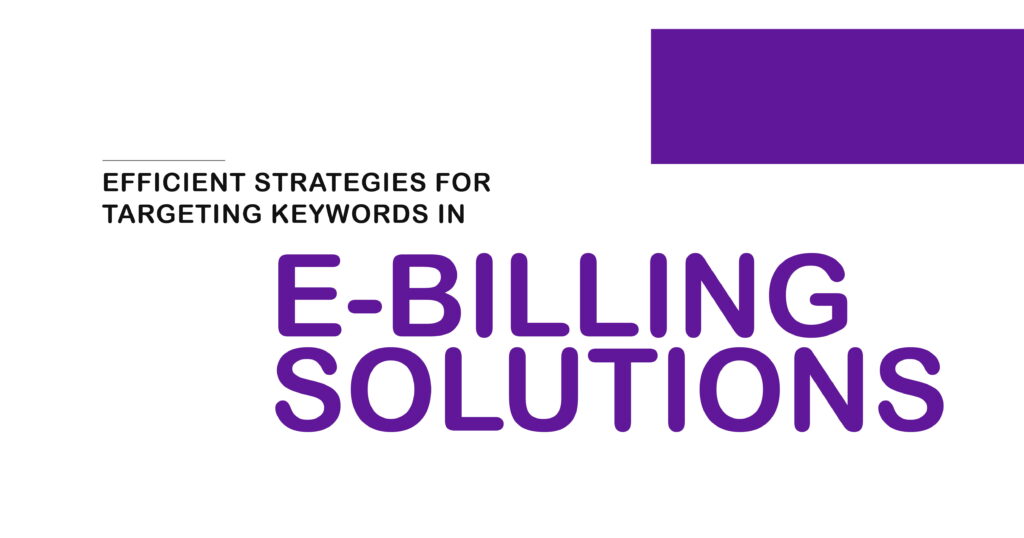Cash flow is the lifeblood of any business. Whether you’re a small startup or a multinational corporation, the ability to manage cash inflows and outflows determines your ability to sustain operations, invest in growth, and weather financial challenges. Poor cash flow management is one of the leading causes of business failure, with studies showing that 82% of small businesses collapse due to cash flow issues.
Fortunately, businesses can leverage cash flow management strategies, cash flow analysis, forecasting, and budgeting to ensure stability and long-term growth. This article explores practical and effective approaches for optimizing cash flow and building a resilient financial foundation.

Introduction to Cash Flow Management Strategies
Cash flow management involves tracking, analyzing, and optimizing the movement of money into and out of a business. The goal is to maintain enough liquidity to cover expenses, while also planning for investments and growth. Key objectives of cash flow management are:
- Ensure bills, payroll, and other obligations are met on time.
- Prevent shortfalls that disrupt operations.
- Identify opportunities to invest surplus cash.
- Build resilience against unexpected expenses or revenue dips.
Understanding Cash Flow Analysis for Better Financial Decisions
Cash flow analysis provides insights into how money moves within a business. By evaluating operating, investing, and financing cash flows, businesses can identify strengths, weaknesses, and risks. A thorough analysis helps leadership make informed financial decisions and avoid blind spots. Benefits of cash flow analysis:
- Highlights areas where expenses can be reduced.
- Identifies delayed receivables and opportunities to tighten credit terms.
- Assesses the business’s ability to generate sustainable cash flow.
- Supports long-term decision-making by clarifying liquidity positions.
Types of Cash Flow in Business
Understanding the different types of cash flow is essential for analyzing a company’s financial health. Cash flow isn’t just about money moving in and out – it reflects the underlying strength of operations, the impact of investments, and the reliance on external financing. By breaking down cash flow into operating, investing, and financing activities, businesses can identify where money is generated, where it’s being spent, and how financial stability is being maintained.
The table below highlights the three main categories of cash flow, along with their descriptions and common examples:
| Type of Cash Flow | Description | Examples |
| Operating Cash Flow | Day-to-day business activities | Customer payments, supplier invoices, payroll |
| Investing Cash Flow | Cash spent on or earned from investments | Purchasing equipment, selling assets |
| Financing Cash Flow | Money from external funding | Loans, issuing stock, dividends |
Techniques for Improving Cash Flow in Business Operations
Businesses can implement multiple strategies to strengthen their cash position. Improving cash flow is often about accelerating inflows and controlling outflows without compromising growth. Practical techniques for improving cash flow:
- Invoice Promptly: Issue invoices quickly and follow up on late payments.
- Negotiate Vendor Terms: Extend payment deadlines when possible.
- Control Inventory: Avoid tying up cash in excess stock.
- Lease Instead of Buy: Preserve liquidity by leasing equipment.
- Cut Non-Essential Expenses: Identify and eliminate wasteful spending.
The Importance of Cash Flow Forecasting in Business Planning
Forecasting cash flow allows businesses to anticipate future inflows and outflows, helping them prepare for challenges and opportunities. According to PwC, businesses with regular cash flow forecasts are 1.5x more likely to sustain growth than those without.
Advantages of Cash Flow Forecasting
- Identifies upcoming cash shortages before they become crises.
- Supports strategic decisions like hiring or expanding.
- Provides visibility to investors and lenders.
- Allows businesses to plan for seasonality and cyclical demand.
Benefits of Cash Flow Forecasting
Forecasting is one of the most powerful tools for managing cash flow effectively. By projecting future inflows and outflows, businesses can prepare for upcoming challenges, avoid liquidity gaps, and take advantage of growth opportunities. It also provides stakeholders with confidence in the company’s financial stability. In practice, cash flow forecasting transforms uncertainty into actionable insight.
The table below outlines the key benefits of cash flow forecasting and their impact on business performance:
| Benefit | Impact |
| Anticipate Shortfalls | Prevents liquidity crises |
| Plan for Growth | Informs hiring, expansion, and investment decisions |
| Build Investor Confidence | Demonstrates financial stability |
| Manage Seasonality | Prepares for cyclical revenue changes |
Effective Cash Flow Budgeting Practices
Budgeting is essential for aligning projected expenses with anticipated revenues. A cash flow budget helps businesses plan monthly cash needs and avoid overspending. Best Practices for Cash Flow Budgeting:
- Track historical data to estimate future inflows and outflows.
- Include fixed costs (rent, salaries) and variable costs (inventory, utilities).
- Create conservative estimates to prevent surprises.
- Regularly update budgets to reflect actual performance.
Strategies for Optimizing Cash Flow in Different Industries
Cash flow challenges vary across industries. For example, retailers face seasonality, while manufacturers struggle with high inventory costs. By tailoring strategies, businesses can optimize cash flow based on industry-specific needs. Examples of industry-specific cash flow strategies:
- Retail: Implement just-in-time inventory to reduce holding costs.
- Manufacturing: Negotiate supplier financing or early-payment discounts.
- Service Industry: Use retainer contracts for predictable inflows.
- Construction: Implement milestone-based billing to improve cash collection.
Addressing and Managing Cash Flow Challenges
Even with planning, businesses may face cash flow challenges due to delayed customer payments, economic downturns, or unexpected expenses. Proactive management is key to overcoming these hurdles. Typical cash flow challenges and solutions:

- Late Payments: Use automated reminders and offer early-payment discounts.
- High Overheads: Streamline operations and renegotiate contracts.
- Unexpected Expenses: Maintain emergency reserves or credit lines.
- Seasonal Fluctuations: Build flexible budgets that account for cycles.
Building a Resilient Cash Flow Management System
Managing cash flow effectively balances inflows and outflows while maintaining flexibility for the unexpected. By adopting cash flow management strategies, forecasting, and budgeting practices, businesses strengthen resilience and position themselves for sustainable growth.
Companies prioritizing cash flow planning are better equipped to handle challenges, seize opportunities, and ensure long-term financial health. The right strategies prevent crises and create a foundation for profitability and stability.
Strengthen Your Cash Flow with Indigo Billing
Managing cash flow effectively requires more than just good planning – it requires the right tools. With Indigo Billing, businesses can automate invoicing, streamline accounts payable, and gain real-time visibility into their financial health. We help organizations maintain stable cash flow, optimize working capital, and make confident financial decisions by reducing manual errors and providing accurate reporting.
Take control of your business finances today. Visit Indigo Billing to discover how Indigo’s automation solutions can transform the way you manage cash flow.
FAQs
- What are some essential cash flow management strategies that businesses should consider?
Key strategies include prompt invoicing, negotiating better vendor terms, controlling inventory, and maintaining emergency reserves. These practices ensure liquidity while supporting growth.
- How can cash flow analysis aid in making better financial decisions?
Cash flow analysis provides insights into how money moves through the business, highlighting strengths and weaknesses. It helps leaders decide where to cut costs, invest resources, and anticipate risks.
- What techniques can businesses use to improve cash flow in their operations?
Businesses can improve cash flow by reducing unnecessary expenses, using leasing options instead of buying, and tightening credit policies. These techniques accelerate inflows while minimizing outflows.
- Why is cash flow forecasting critical in business planning?
Forecasting predicts future inflows and outflows, preparing companies for shortages or growth opportunities. It enhances investor confidence and helps avoid liquidity crises.
- What are some effective practices for cash flow budgeting to ensure financial stability?
Effective practices include tracking historical data, updating budgets regularly, and creating conservative estimates. This ensures obligations are met while planning for long-term stability.












